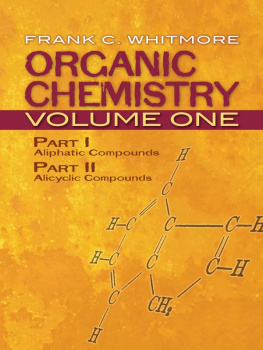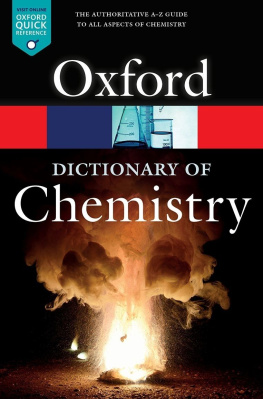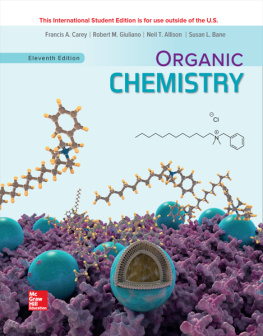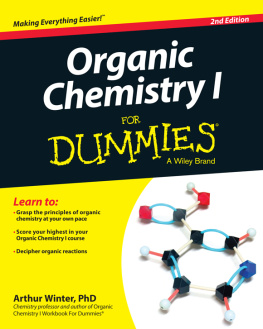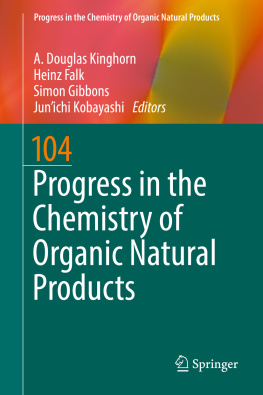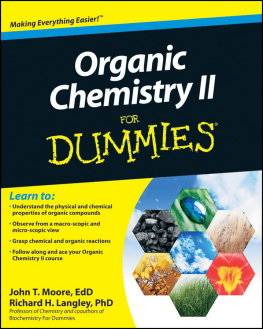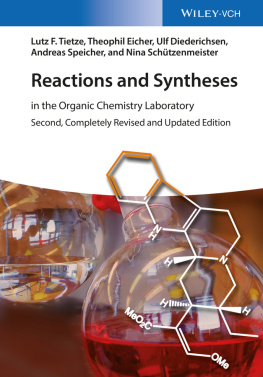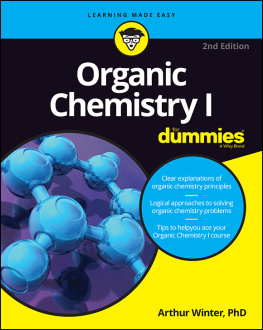Contents
This edition first published 2010
2010 Blackwell Publishing Ltd
Registered office
John Wiley & Sons Ltd, The Atrium, Southern Gate, Chichester, West Sussex, PO19 8SQ, United Kingdom
For details of our global editorial offices, for customer services and for information about how to apply for permission to reuse the copyright material in this book please see our website at www.wiley.com .
The right of the author to be identified as the author of this work has been asserted in accordance with the Copyright, Designs and Patents Act 1988.
All rights reserved. No part of this publication may be reproduced, stored in a retrieval system, or transmitted, in any form or by any means, electronic, mechanical, photocopying, recording or otherwise, except as permitted by the UK Copyright, Designs and Patents Act 1988, without the prior permission of the publisher.
Wiley also publishes its books in a variety of electronic formats. Some content that appears in print may not be available in electronic books.
Designations used by companies to distinguish their products are often claimed as trademarks. All brand names and product names used in this book are trade names, service marks, trademarks or registered trademarks of their respective owners. The publisher is not associated with any product or vendor mentioned in this book. This publication is designed to provide accurate and authoritative information in regard to the subject matter covered. It is sold on the understanding that the publisher is not engaged in rendering professional services. If professional advice or other expert assistance is required, the services of a competent professional should be sought.
The publisher and the author make no representations or warranties with respect to the accuracy or completeness of the contents of this work and specifically disclaim all warranties, including without limitation any implied warranties of fitness for a particular purpose. This work is sold with the understanding that the publisher is not engaged in rendering professional services. The advice and strategies contained herein may not be suitable for every situation. In view of ongoing research, equipment modifications, changes in governmental regulations, and the constant flow of information relating to the use of experimental reagents, equipment, and devices, the reader is urged to review and evaluate the information provided in the package insert or instructions for each chemical, piece of equipment, reagent, or device for, among other things, any changes in the instructions or indication of usage and for added warnings and precautions. The fact that an organization or Website is referred to in this work as a citation and/or a potential source of further information does not mean that the author or the publisher endorses the information the organization or Website may provide or recommendations it may make. Further, readers should be aware that Internet Websites listed in this work may have changed or disappeared between when this work was written and when it is read. No warranty may be created or extended by any promotional statements for this work. Neither the publisher nor the author shall be liable for any damages arising herefrom.
Library of Congress Cataloging-in-Publication Data
Joule, J. A. (John Arthur)
Heterocyclic chemistry / John A. Joule, Keith Mills. 5th ed.
p. cm.
Includes bibliographical references and index.
ISBN 978-1-4051-9365-8 (pbk.)-ISBN 978-1-4051-3300-5 (pbk.) 1. Heterocyclic chemistry. I. Mills, K. (Keith) II. Title.
QD400.J59 2009
547.59dc22
2009028759
ISBN Cloth: 978-1-405-19365-8
ISBN Paper: 978-1-405-13300-5
Preface to the Fifth Edition
Heterocyclic compounds have a wide range of applications but are of particular interest in medicinal chemistry, and this has catalysed the discovery and development of much heterocyclic chemistry and methods. The preparation of a fifth edition has allowed us to review thoroughly the material included in the earlier editions, to make amendments in the light of new knowledge, and to include recent work. Within the restrictions that space dictates, we believe that all of the most significant heterocyclic chemistry of the 20th century and important more recent developments, has been covered or referenced.
We have maintained the principal aim of the earlier editions to teach the fundamentals of heterocyclic reactivity and synthesis in a way that is understandable by undergraduate students. However, in recognition of the level at which much heterocyclic chemistry is now normally taught, we include more advanced and current material, which makes the book appropriate both for post-graduate level courses, and as a reference text for those involved in heterocyclic chemistry in the work place.
New in this edition is the use of colour in the schemes. We have highlighted in red those parts of products (or intermediates) where a change in structure or bonding has taken place. We hope that this both facilitates comprehension and understanding of the chemical changes that are occurring and, especially for the undergraduate student, quickly focuses attention on just those parts of the molecules where structural change has occurred. For example, in the first reaction below, only changes at the pyridine nitrogen are involved; in the second example, the introduced bromine resulting from the substitution and its new bond to the heterocycle, are highlighted. We also show all positive and negative charges in red.

In recognition of the enormous importance of organometallic chemistry in heterocyclic synthesis, we have introduced a new chapter dealing exclusively with this aspect. Chapter 4, Organometallic Heterocyclic Chemistry, has: (i) a general overview of heterocyclic organometallic chemistry, but most examples are to be found in the individual ring chapters, (ii) the use of transition metal-catalysed reactions that, as a consequence of a regularity and consistency that is to a substantial degree independent of the heterocyclic ring, is best treated as a whole, and therefore most examples are brought together here, with relatively few in the ring chapters.
Other innovations in this fifth edition are discussions in Chapter 5 of the modern techniques of: (i) solid-phase chemistry, (ii) microwave heating and (iii) flow reactors in the heterocyclic context. Reflecting the large part that heterocyclic chemistry plays in the pharmaceutical industry, there are entirely new chapters that deal with Heterocycles in Medicine (Chapter 33) and Heterocycles in Biochemistry; Heterocyclic Natural Products (Chapter 32).
We devote a new chapter (31) to some important topics: fluorinated heterocycles, isotopically labelled heterocycles, the use of bioprocesses in heterocyclic transformations, green chemistry and the somewhat related topic of ionic liquids, and some the applications of heterocyclic compounds in every-day life.
1. The main body of factual material is to be found in chapters entitled Reactions and synthesis of a particular heterocyclic system. Didactic material is to be found partly in advanced general discussions of heterocyclic reactivity and synthesis (Chapters 3, 4 and 6), and partly in six short summary chapters (such as Typical Reactivity of Pyridines, Quinolines and Isoquinolines; Chapter 7), which aim to capture the essence of that typical reactivity in very concise resums. These last are therefore suitable as an introduction to the chemistry of that heterocyclic system, but they are insufficient in themselves and should lead the reader to the fuller discussions in the Reactions and Synthesis of. chapters. They will also serve the undergraduate student as a revision summary of the typical chemistry of that system.
Next page

